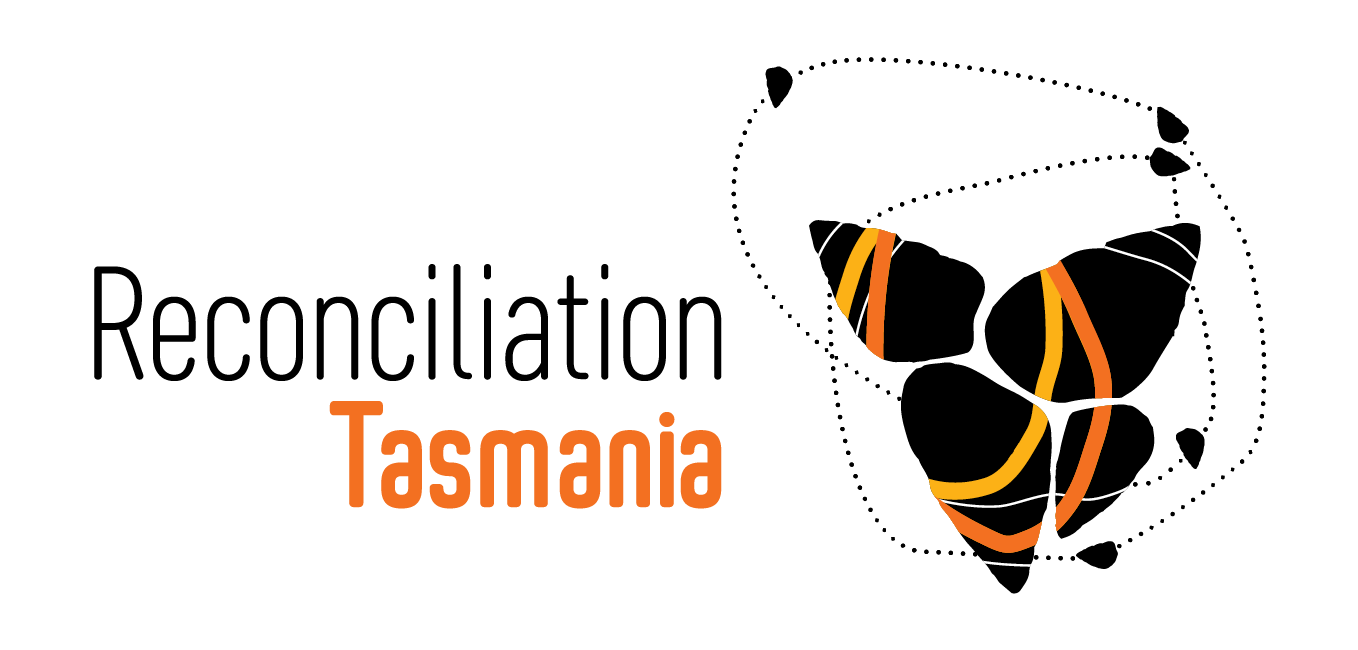1642 – 1803
1642
Abel Tasman sailed along the southeast coast two ships Zeehan and Heemskerk. The Dutch did not make contact with the First Tasmanians but they saw the evidence that humans lived here. The trees were notched six feet apart and Tasman thought that this land was populated by giants.
1772
The French mariners under the captainship of Marion Dufresne arrived on the southeast coast and spent five days sailing along the coast. This brief visit ended with a conflict between the clans and the death of one of them.
1775
Our great ancestor and formidable warrior/leader Mannalargenna was born.
1777
Captain Cook anchored in Adventure Bay where he met with a large group of Aboriginal people.
1792/93
Twenty years after Dufresne’s deadly encounter with the First Tasmanians another French explorer, Bruni d’Entrecasteaux, arrived and this time the mariners made friendly contact with the people and sketches were made of healthy family groups along the coast.
1797
The Port Jackson sealing industry in Bass Strait began when news of the existence of large colonies of fur seal around the Furneaux Islands.
The Sydney Cove was wrecked off Preservation Island at the southwestern entrance of Banks Strait. The rescue ship carried Matthew Flinders and George Bass who were to circumnavigate Van Diemens Land and confirm the existence of a strait separating the mainland from VDL.
1798
Kent Bay on Cape Barren Island became the main base camp for the Port Jackson sealing operations over the next decade.
1802/03
Captain Nicholas Baudin ships Le Geographe and Le Naturaliste carried many scientists on their voyage to Van Diemens Land. They recorded cultural customs and language during their voyage around the island. The French left us with remarkable images of watercraft, baskets, burial tombs, cicatrices, families and much more.
